ANDREA DIAZ ’15 HAS found inspiring role models throughout her life, starting with her parents and continuing with the professors at Pomona College. The daughter of two pediatricians, she came to Pomona with an interest in the sciences and began doing research in Professor Mal Johal’s lab as a first-year student. She also became a mentor herself, working with international students, Pomona Science Scholars, Students of Color Alliance and as a pre-health liaison. Last spring, Andrea received two extraordinary awards—a Fulbright Fellowship to conduct research in Paris and the David Geffen Medical Scholarship to attend the David Geffen School of Medicine at UCLA.
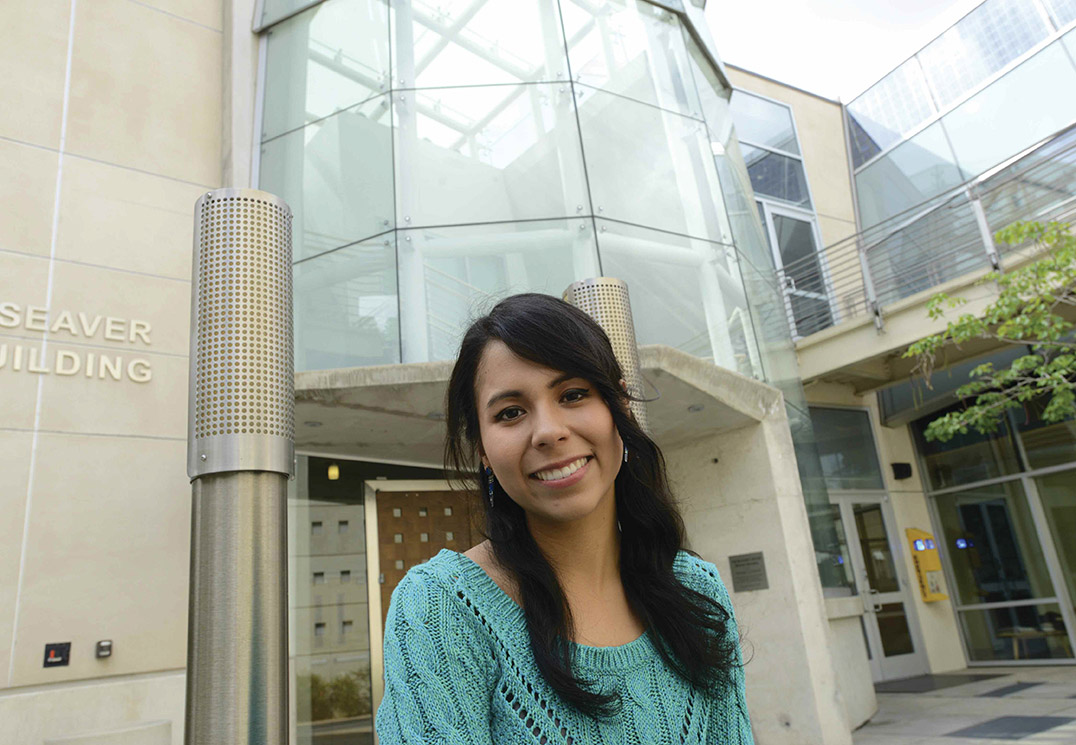
“Looking back, I see that Pomona has molded me, but that I’ve helped to mold it as well. That’s one of the great things about the College. You can’t be a passive bystander.” -Andrea Diaz ’15
Parents, Role Models and Inspiration
“My parents are the superstars. They were both first-generation students, first-generation Americans and the first physicians in our family. By witnessing their work serving as two of the only three pediatricians in our county, a small, under-served rural area, I’ve been able to see the influence they’ve had on the health of our community. Whenever they go out, people approach them, giving them updates about their children and thanking them; they taught me that being a physician in that kind of area is not a 9-to-5 job, but a social responsibility. It’s what has inspired me to go to medical school.”
The Fight Against Drug-Resistant Bacteria
“As more and more bacteria become resistant to antibiotics, scientists and doctors are concerned that we’re headed toward a post-antibiotic era, where simple infections can once again become deadly. The research I’ve worked on at Pomona involves antimicrobial peptides, which latch onto the inner membranes of bacteria and essentially tear them apart. It’s a molecule that works to fight bacteria and is a promising alternative to traditional antibiotics.”
Three Professors Who Made a Difference
“Professor Johal has been my strongest supporter and was very influential during my time at Pomona. He sparks something that makes you take responsibility and ownership over your research and work as a collaborator with him in the lab. That is very empowering. Professor Selassie is a wonderful, strong role model of what a woman of color in science should be like. I hope one day I can be that for someone who wants to enter the medical field. And Professor Sandoval, who taught my Intro to Chicano/Latino history class, is inspirational and challenges students to re-think traditional narratives. After his last class, I honestly just wanted to stand up and applaud because he’s an incredible lecturer and really calls you to action.”
Recognition for Pomona as a Fair Trade College
“In high school, I became interested in fair trade as a practical way to fight modern-day slavery, to provide just wages to producers and growers. At Pomona, I became part of a three-person committee to gain recognition for the great strides the College was making to bring fair trade products to campus and to create some form of accountability. Pomona was recognized as the 11th Fair Trade College nationally and the second in California, which speaks to our commitment to sustainability and fair wages. Whenever I went to campus events and saw fair trade coffee or tea, it made me happy to think that I played a small role in that.”
Language, Humanities and a Year in Paris
“I’m spending a year at the National Museum of Natural History in Paris on a Fulbright Fellowship, working under Dr. Sylvie Rebuffat, who is one of the world’s leading researchers in antimicrobial peptides, specifically lasso peptides. It’s a dream come true. I know my experience doing research in an international setting is going to be different than my experience at Pomona.
“What the humanities taught me is that I can’t go into a different environment blindfolded. I’m grateful that my classes at Pomona, especially my French classes, have given me a wider cultural awareness and appreciation. They have strengthened my ability to communicate and work with others and have helped me understand the impact that science has on society, as well as the impact that society has on science.”
UCLA and Beyond
“I’m very honored and humbled by the David Geffen Medical Scholarship and by the freedom it will give me to shape my future. Many people coming out of medical school have the burden of debt, but this opportunity will give me the liberty to use my medical degree where I see the greatest need, to go to underserved communities and specialize in primary care, or to become more involved with research or with academic medicine.”
The Greater Good
“Most students at Pomona are really passionate about something and can find the support they need here to act on those ideas and that passion. We’re incredibly fortunate to have all these resources and opportunities, amazing professors and outlets for expression. Looking back, I see that Pomona has molded me, but that I’ve helped to mold it as well. That’s one of the great things about the College. You can’t be a passive bystander. The question for me now is: ‘How am I going take all these things that I’ve acquired here and use them for the greater good?’”
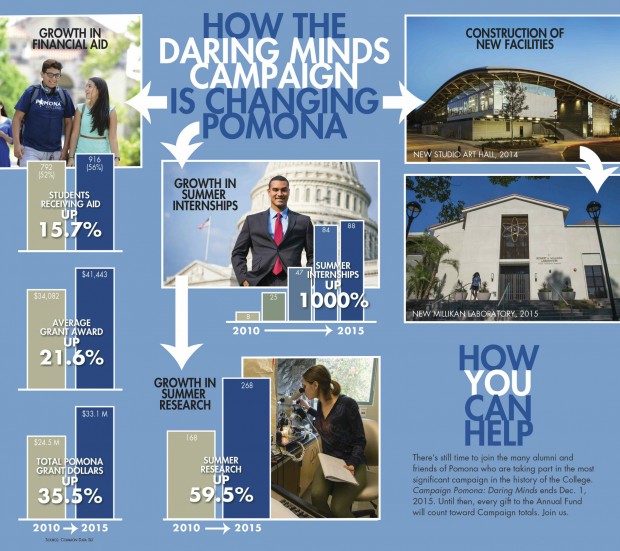
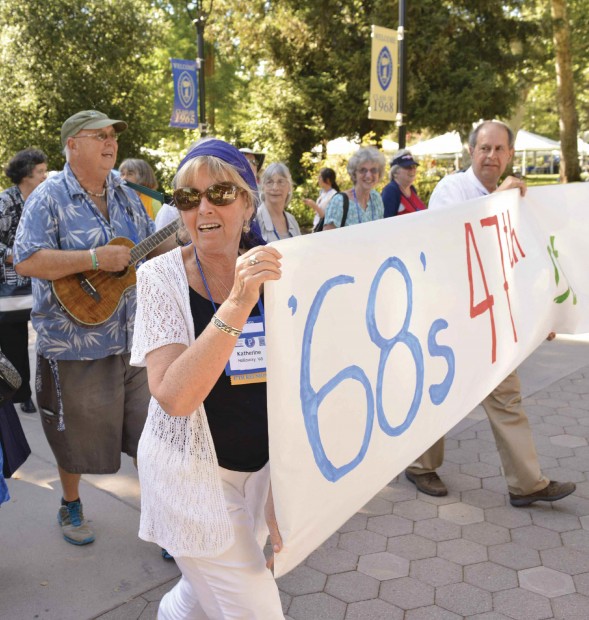
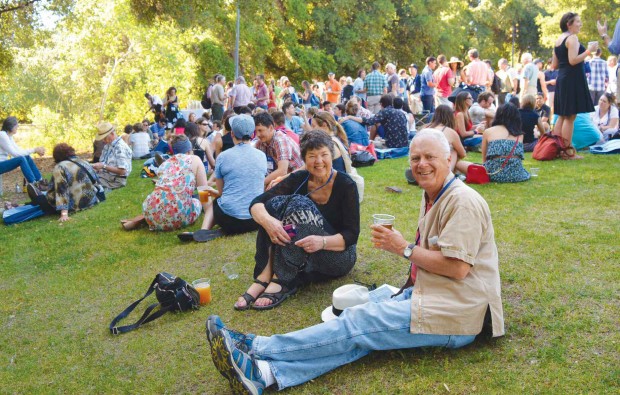

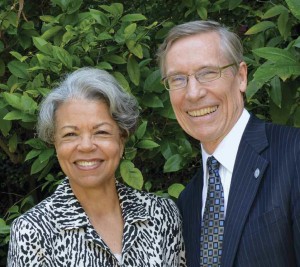
 March 6, at Pomona College and Scripps College, invites viewers to contemplate the visceral, spiritual, emotional and political dimensions of diaspora.
March 6, at Pomona College and Scripps College, invites viewers to contemplate the visceral, spiritual, emotional and political dimensions of diaspora.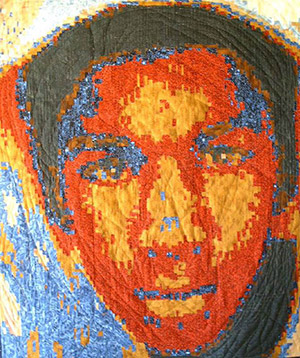 Florida, will be on display at Pomona College, beginning Feb. 23. The quilts come from the Fiber Artists of Hope Network and reveal reactions to Martin’s death in 2012 and hopes for a better America.
Florida, will be on display at Pomona College, beginning Feb. 23. The quilts come from the Fiber Artists of Hope Network and reveal reactions to Martin’s death in 2012 and hopes for a better America.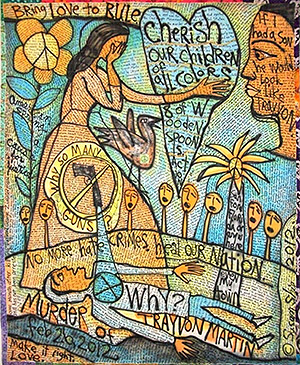

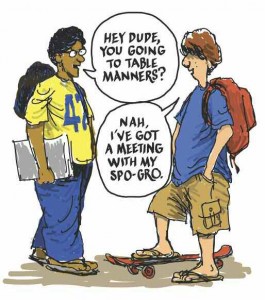
 The number of gallons of water the College expects to save each year due to new pH controllers installed on its 10 water-cooling towers. Purchased last March, the new controllers reduce the number of water replacement cycles in building air conditioning systems.
The number of gallons of water the College expects to save each year due to new pH controllers installed on its 10 water-cooling towers. Purchased last March, the new controllers reduce the number of water replacement cycles in building air conditioning systems. The number of pounds of used appliances, furnishings, books and other items (including 100+ couches) saved from the landfill last May in the College’s Clean Sweep, which picks up items left behind in residence halls for resale the next fall. This year’s sale raised more than $9,500 for sustainability programs.
The number of pounds of used appliances, furnishings, books and other items (including 100+ couches) saved from the landfill last May in the College’s Clean Sweep, which picks up items left behind in residence halls for resale the next fall. This year’s sale raised more than $9,500 for sustainability programs. The number of new low-flow faucets and showerheads installed as part of the College’s Drought Action Plan. The College also reduced irrigation to landscaped areas by at least 20%, timed watering schedules for night-time and prohibited washing of outside walkways.
The number of new low-flow faucets and showerheads installed as part of the College’s Drought Action Plan. The College also reduced irrigation to landscaped areas by at least 20%, timed watering schedules for night-time and prohibited washing of outside walkways. The number of bicycles available to students last year through the College’s Green Bikes program, in which students check out bikes for the entire semester and learn how to repair and maintain them.
The number of bicycles available to students last year through the College’s Green Bikes program, in which students check out bikes for the entire semester and learn how to repair and maintain them. The percentage of produce served in Pomona’s dining halls last year that came from local sources
The percentage of produce served in Pomona’s dining halls last year that came from local sources 2) Laughing Matters (Professor of Romance Languages and Literatures Jose Cartagena-Calderón) grew out of the professor’s research into the meaning and value of humor in Hispanic literature and art.
2) Laughing Matters (Professor of Romance Languages and Literatures Jose Cartagena-Calderón) grew out of the professor’s research into the meaning and value of humor in Hispanic literature and art.